Protect the BEST of what remains of the Niagara River/Lake Erie Watershed.
Background
Buffalo Niagara Waterkeeper strives to protect the undeveloped headwater forests, the smallest streams in the watershed, and wetlands that serve as a filter for drinking water flowing into Lake Erie, the Niagara River, and Lake Ontario. By preserving this critical acreage, the health of the entire region will be protected for future generations.
The Challenges
A challenge facing the Niagara River/Lake Erie Watershed is minimal land protection effort combined with a lack of awareness of the importance of source water protections at the local community level. Currently, 60% of the watershed exists in undeveloped headwater forests and wetlands, yet only 13% of lands in the watershed are protected from future development. It’s imperative that we protect the best of what remains.
Preserve and Protect
The greatest opportunities to preserve ecological integrity are available where large tracts of intact landscapes remain undisturbed in the headwater portions of the watershed. These areas support a direct relationship between water quality and the overall health of local drinking water aquifers as well as the resiliency of the entire downstream Great Lakes watershed. Faced with uncertain climate change scenarios, we must be protective of those lands with potential to withstand additional climate pressures.
Community Conservation
Local communities play a major role in the implementation of land conservation initiatives. By building up community resources and supporting local leaders in land protection and restoration initiatives, Buffalo Niagara Waterkeeper aims to protect clean water at its source. A community’s ability to access clean, fresh water is a critical driver to achieve sustainable community growth, well-being, and economic prosperity.


